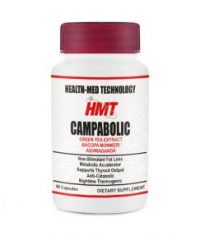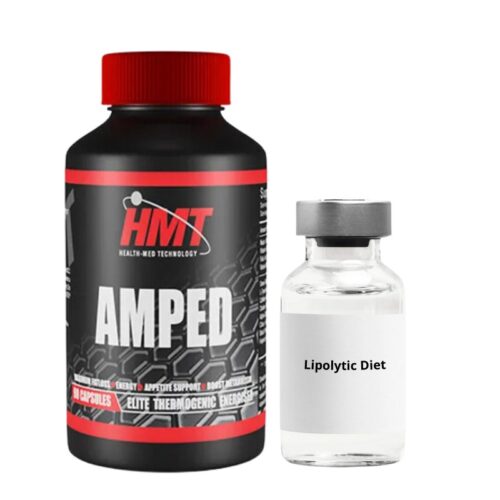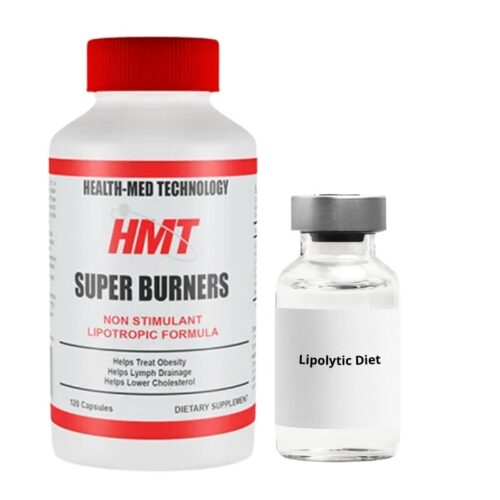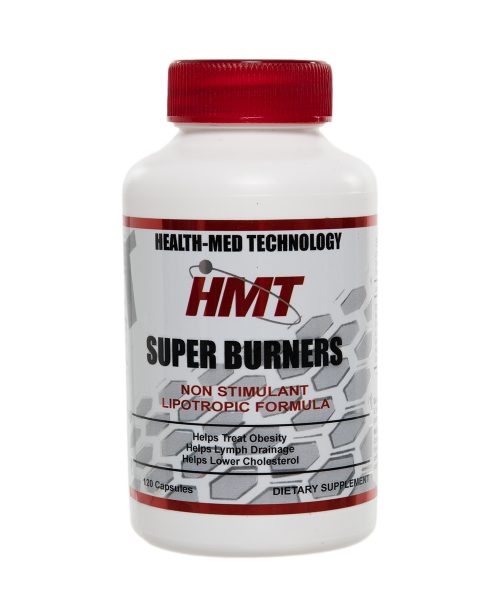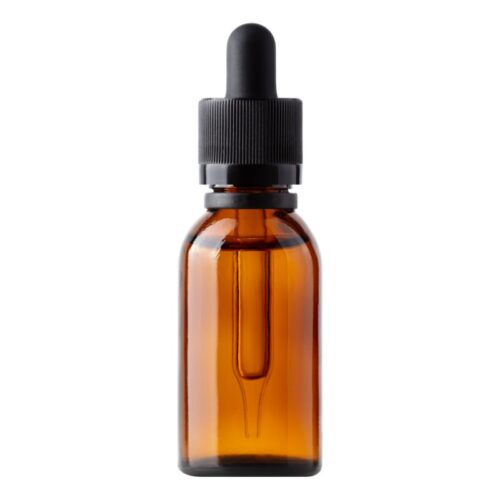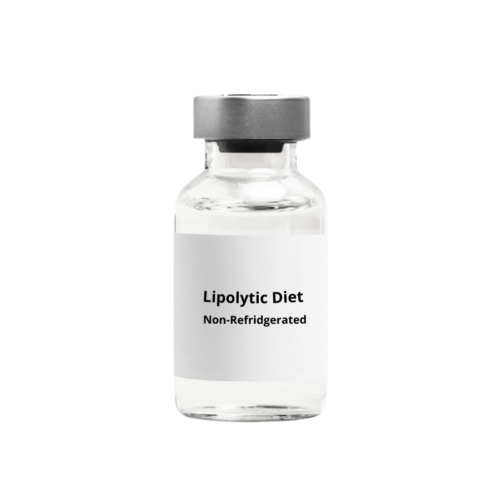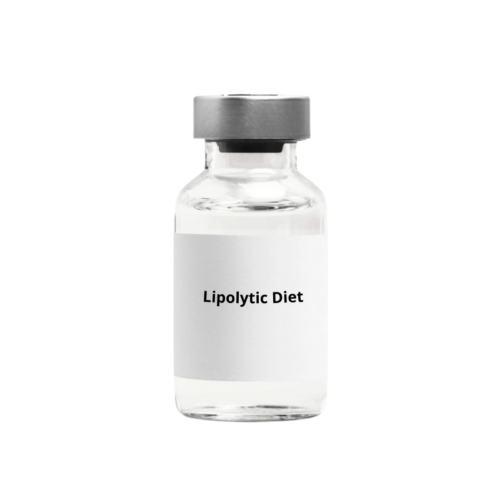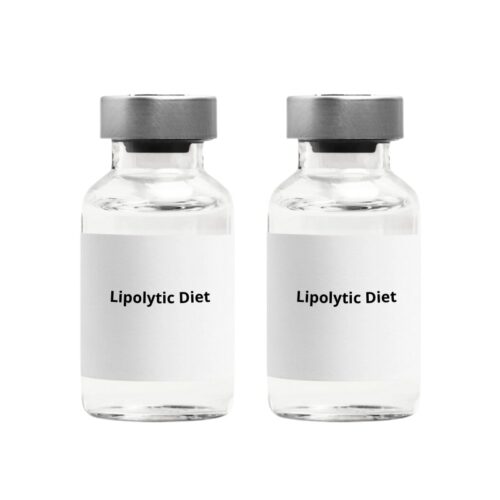There’s still a lot to learn about how leptin resistance (or decreased sensitivity to leptin’s signals) develops, and what can be done to prevent or reverse it. Many experts believe that eating a highly processed, highly “palatable” diet — especially while also leading a stressful and mostly sedentary lifestyle is the perfect way to develop leptin resistance.
Even if someone is genetically susceptible to weight gain or obesity, there’s still a lot they can do to help prevent this from happening, especially eating a nutrient-dense diet, getting enough exercise and taking steps to manage stress.
What Is the Leptin Hormone?
The definition of leptin is “a peptide hormone that is produced by fat cells that plays a role in body weight regulation by acting on the hypothalamus to suppress appetite and burn fat stored in adipose tissue.”
Leptin is known as the starvation hormone (or sometimes the “satiety hormone”) because it notifies your brain if you have eaten enough and 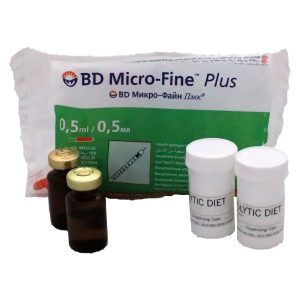 your energy levels (calorie intake) are sufficient, or if your energy intake needs to increase. A number of factors can influence leptin and ghrelin levels, including:
your energy levels (calorie intake) are sufficient, or if your energy intake needs to increase. A number of factors can influence leptin and ghrelin levels, including:
- Calorie intake
- Meal timing
- Sleep/wake schedule and sleep duration (both linked to your circadian rhythm)
- Light exposure
- Exercise
- Stress
Leptin and ghrehlin are two of the many hormones that help to regulate your metabolism, appetite and body weight. While leptin is considered the main”satiety hormone” because it helps control your appetite, ghrelin is considered the main “hunger hormone” because it increases your desire to eat.
When levels of ghrelin and leptin are disrupted, your ability to eat when you are truly hungry and stop when you are full can become severely compromised, leading to changes in body weight and other related consequences. Even though these two hormones have opposite effects, working together in a checks-and-balances type of way, diet and lifestyle changes that help to regulate leptin are also helpful for controlling ghrelin.
How to Make Leptin, Your Starvation Hormone, Work for You
How do you increase (or decrease) your leptin levels? Keep in mind that your leptin levels are not the only factor that controls your body weight; other influencers include your: overall diet, genetics, age, gender, level of activity, medical history and gut health.
However, research suggests that the dietary choices, habits and lifestyle changes described below can help to regulate levels of leptin and allow you to more easily maintain a healthy body weight:
- Follow a Leptin Diet
Is there such a thing as “high leptin foods”? Foods that are very satiating (the kinds that make you feel full) can be considered the best types for improving leptin sensitivity.
Two hot topics regarding obesity and leptin resistance are 1) food palatability and 2) food reward. Food palatability refers to the taste and feel provided by various foods and drinks, while food reward refers to the pleasure and momentary value of a food at the time that it’s being consumed. Both food palatability and food reward have a major impact on neural pathways that control calorie intake.
The rewarding aspects of food, how palatable and preferred they are, are controlled by circuitry central nervous system (CNS) pathways that also control leptin and ghrelin. When food is calorie dense and highly processed, it causes chemical changes in the brain that increase the desire to eat. This is why eating whole foods and an unprocessed diet is considered to be so important for appetite regulation.
Which foods should you NOT eat in order to balance leptin?
Foods that are most likely to interfere with normal leptin and ghrelin levels are those that are high in refined grains, added sugar, added fats, artificial flavors or sweeteners, and other synthetic ingredients, especially when a number of these attributes are combined together. Studies suggest that examples of processed, inflammatory foods to limit or avoid in order to regulate your hunger and satiety hormones include: sweets like cakes, donuts, cookies, pastries, brownies and other desserts, soda and sweetened beverages, pizza, white bread, rolls, wraps, pita, chocolate, candy and ice cream, salty snacks like chips, pretzels and french fries, processed foods and fried foods.
These foods can help to make you feel fuller and more satisfied after eating and between meals, reducing the chances that you’ll overeat:
 High fiber/high volume foods (especially all types of fresh and cooked vegetables) — Low-density foods (high in volume, water and fiber) are those that provide the highest nutritional bang for your buck, since they provide lots of nutrients but have the lowest amount of calories. Examples are veggies, fresh fruit, salads, broth-based soups, beans, legumes and whole grains. Many of these are high fiber foodsthat help control hunger, prevent overeating and increase mealtime satisfaction.
High fiber/high volume foods (especially all types of fresh and cooked vegetables) — Low-density foods (high in volume, water and fiber) are those that provide the highest nutritional bang for your buck, since they provide lots of nutrients but have the lowest amount of calories. Examples are veggies, fresh fruit, salads, broth-based soups, beans, legumes and whole grains. Many of these are high fiber foodsthat help control hunger, prevent overeating and increase mealtime satisfaction.- High-protein foods — Since protein helps control hunger and retain lean muscle mass, increasing your protein intake can help you eat less overall and keep your metabolism up. Include protein with every meal, like yogurt, grass-fed beef, wild fish, egg, pasture- poultry, legumes and beans.
- Healthy fats — Fats are more calorie-dense, but they are necessary for nutrient absorption, making meals taste good and for controlling hunger hormones. A meal without any fat is unlikely to taste very appealing or to keep you full for very long. Try to include at least a small serving of healthy fat with every meal, such as coconut or olive oil, avocado, nuts, seeds or fat found naturally in animal products like dairy, beef or eggs.
- Alternate Day Calorie Cycling & Intermittent Fasting (or Time-Restricted Feeding)
Various forms of intermittent fasting, including alternate day cycling and time-restricted eating, have been associated with improvements in leptin sensitivity and help with fat loss. Experts believe that fasting may help to control local inflammation in the hypothalamic nuclei (the area of the brain that controls energy intake and expenditure), which contributes to a sustained energy balance and protection against obesity.
One study found evidence that intermittent fasting combined with resistance training could improve health-related biomarkers, decrease fat mass and maintain muscle mass in mostly healthy male participants. After eight weeks of time-restricted feeding (16 hours fasting per day with an eight-hour feeding window), participants experienced a decrease in fat mass, while fat-free mass (measured as muscle area of the arm and thigh) was unchanged.
HCG restores Leptin sensitivity and the brain receives these messages thus preventing the ‘Starvation Response’.
Following decades of research, Dr Simeons concluded that HCG had a powerful effect on the hypothalamus in controlling fat metabolism, hunger, and food/sugar/carbohydrate cravings and addictions. We now know that HCG indeed acts on the hypothalamus and that small quantities of HCG can enhance Leptin activity substantially.



